CPU vs. GPU: Breaking Down Speed, Power, and Efficiency
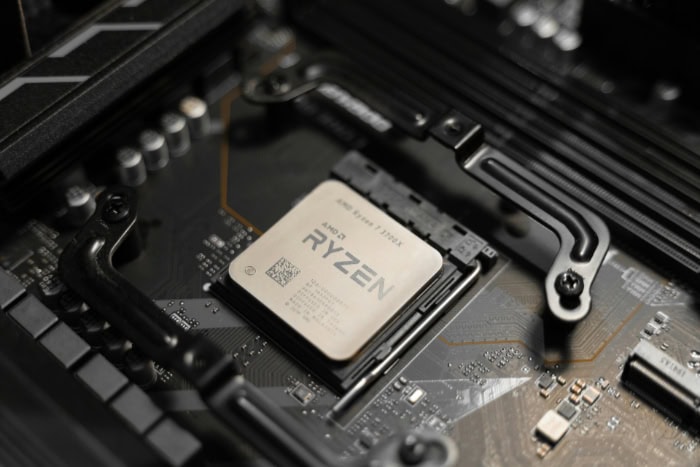
Choosing between a CPU and a GPU can dramatically reshape how your computer performs, especially when tackling demanding tasks. While both are essential for modern computing, each specializes in a distinct style of problem-solving.
CPUs act as adaptable multitaskers, handling diverse instructions with agility, while GPUs shine by rapidly crunching through thousands of calculations simultaneously. For professionals, gamers, and technology enthusiasts alike, knowing which processor to lean on can mean the difference between lag and lightning-fast performance, wasted resources and significant cost savings.
Core Architectural Differences
Appreciating how CPUs and GPUs are built helps highlight why they excel at different kinds of tasks. Their unique designs reflect the types of problems each is meant to solve, shaping how they process information and tackle workloads.
Design Philosophy
CPUs, or Central Processing Units, act as the general-purpose leaders of any computing system. They are engineered for sequential processing, allowing them to switch rapidly between a variety of tasks and handle complex instructions.
Flexibility is a hallmark of CPU design, making them well-suited for operations that require frequent context changes, decision-making, and branching logic.
GPUs, or Graphics Processing Units, take a very different approach. Their design is centered on massive parallelism, making them specialists in handling thousands of similar operations at once.
This makes GPUs exceptionally powerful for computations that involve large blocks of data processed in the same way, such as rendering graphics or performing mathematical operations in machine learning. The focus on repetitive computation and throughput, rather than task-switching agility, sets GPUs apart from CPUs.
Hardware Structure
Differences in hardware structure stem directly from each processor’s intended use. CPUs are built with a relatively small number of very powerful cores-typically ranging from 4 to 64, depending on the market and application.
These cores have access to large amounts of cache memory, which allows them to quickly store and retrieve information needed for decision-heavy, single-threaded, or lightly-threaded tasks. This robust core design gives CPUs their edge in versatility and processing power per core.
GPUs follow the opposite strategy. Instead of a handful of powerful cores, they contain thousands of smaller, more specialized cores, such as NVIDIA's CUDA cores or AMD's Stream processors.
While each GPU core handles simpler tasks compared to a CPU core, their sheer number allows simultaneous execution of hundreds or thousands of operations. This architecture is ideal for graphics rendering, scientific simulations, and machine learning where large sets of data require the same operation performed rapidly across each element.
Performance Characteristics
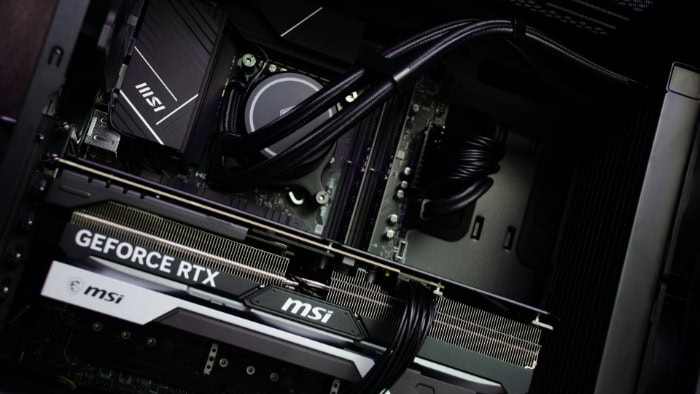
Performance is the metric most people care about when choosing hardware for a particular job. CPUs and GPUs each bring distinct strengths to the table, but those strengths often depend on the shape and structure of the task at hand.
Workload Dependency
CPUs are designed to handle tasks that require careful coordination, sequence, and responsive branching. Their efficiency shines in scenarios with low concurrency, where each task needs unique attention or involves frequent changes in instruction flow.
Processes such as managing operating systems, running business logic, serving web pages, or handling user requests in real time benefit from the CPU’s flexibility and high per-core performance. This ability to juggle different instructions and adapt quickly allows computers to manage many workloads typical in daily use.
GPUs, with their thousands of streamlined cores, excel wherever work can be split into many identical or similar pieces. Applications like artificial intelligence model training, 3D graphics rendering, and scientific number crunching all benefit from the GPU’s ability to run the same calculation across vast datasets at once.
Tasks that require simultaneous, repeated operations, such as matrix multiplications or pixel shading in graphics, are executed far more efficiently on a GPU. In these environments, the massive parallel processing power brings remarkable speed improvements.
Speed Benchmarks
When comparing pure speed, the gap between CPUs and GPUs can be dramatic, but context always matters. GPUs often outperform CPUs by a factor of 10 to 100 times in matrix operations, ray tracing, or any computation that involves handling many data points in parallel.
For example, training a complex neural network or rendering high-resolution graphics becomes feasible only because GPUs power through the immense workload with their parallel structure.
CPUs, on the other hand, maintain an edge in single-threaded performance. Tasks involving encryption, real-time decision-making, or any process where each instruction must wait for the last to finish will often complete faster on a modern CPU core.
The large cache memory and sophisticated control logic inside a CPU enable rapid response times and strong performance for workloads where sequential logic, branching, or low-latency execution is crucial.
Use Case Optimization
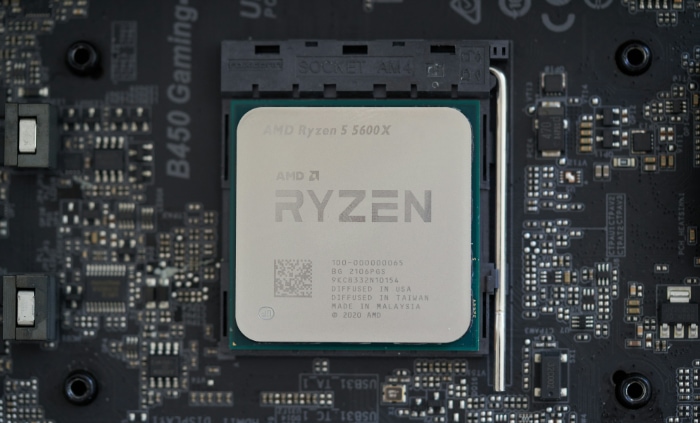
Selecting the right processor for a specific type of work can greatly influence performance, cost, and overall efficiency. Each processor, whether CPU or GPU, serves as the best tool for certain tasks due to the way it handles instructions and manages resources.
CPU-Optimized Tasks
CPUs prove most valuable in scenarios that rely on fast decision-making, responsive logic, and low-latency execution. Managing an operating system, hosting a web server, or running real-time applications such as financial trading platforms places constant demands on the flexibility and responsiveness of the CPU.
The ability to quickly switch between tasks and handle unpredictable workloads makes CPUs the backbone of everyday computing environments. When user interactions, system events, or external requests arrive at unpredictable times, the CPU’s design ensures rapid and reliable responses.
Many business applications also require complex algorithms that rely on branching paths and variable instructions. Here, the CPU’s robust instruction set and cache memory enable smooth performance, even when tasks demand sudden changes or involve intricate logic.
Web servers that handle high volumes of individual requests, databases that must maintain transactional integrity, and network routers that process packets with strict timing all depend on the strengths of modern CPUs.
GPU-Optimized Tasks
GPUs excel wherever large volumes of similar operations need processing at the same time. Machine learning has become a prime example; training deep neural networks involves massive matrix operations, which are broken down and distributed across thousands of GPU cores.
In video production and animation, GPUs accelerate rendering by simultaneously processing millions of pixels and complex effects, cutting down production times from hours to minutes.
Scientific simulations, from weather modeling to molecular analysis, leverage GPU power to compute massive datasets rapidly. Bulk data processing also falls into the GPU’s domain. Tasks like image recognition analyze thousands of photos in parallel, while blockchain mining solves cryptographic puzzles at high speed.
The ability to divide work into manageable pieces and run them at once turns the GPU into an engine for high-throughput, data-intensive jobs.
Cost and Efficiency Trade-Offs
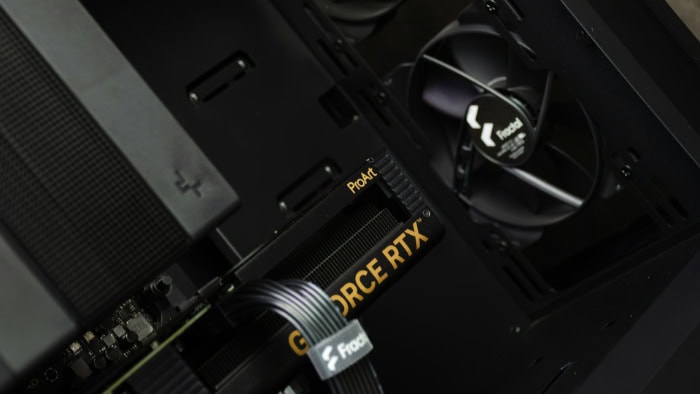
Budget considerations and operational efficiency play a significant role when selecting between CPUs and GPUs. While performance is a primary concern, the long-term costs of ownership, including initial investment and recurring power usage, can shift the balance in favor of one solution or the other.
Initial and Operational Costs
CPUs generally present a more affordable option for most users, especially in situations where only general tasks are needed. Their lower purchase price and moderate energy requirements make them highly accessible for personal computers, entry-level servers, and lightweight office setups.
For organizations that do not require intense parallel computation, CPUs can deliver reliable performance without a large financial commitment.
GPUs typically come with a higher price tag, especially for models designed for intensive computational workloads. Overhead increases further when building multi-GPU systems or upgrading existing infrastructure to support specialized GPU cards.
However, for applications grounded in parallel processing, GPUs provide exceptional throughput, allowing organizations to process far greater volumes of data or calculations for every dollar spent. In data-centric environments, the efficiency of a GPU often pays dividends by reducing computation time and boosting productivity.
Power Consumption
Power usage is another critical difference between CPUs and GPUs. CPUs, designed for balanced performance and versatility, usually operate with lower power demands and standard cooling solutions.
Their efficiency makes them ideal for tasks that run sporadically or require minimal ongoing computation. Many desktops, laptops, and small servers can operate for extended periods without excessive energy consumption or heat output.
GPUs, built for relentless parallel processing, draw significantly more power and often require specialized cooling systems, such as high-capacity fans or even liquid cooling. Facilities running large-scale GPU arrays, like data centers or rendering farms, must invest in robust electrical and thermal management infrastructure.
While GPUs deliver massive computational power, their energy footprint becomes a major consideration in long-term operating costs, particularly for organizations aiming to optimize both performance and consumption.
Integration and Combined Workflows
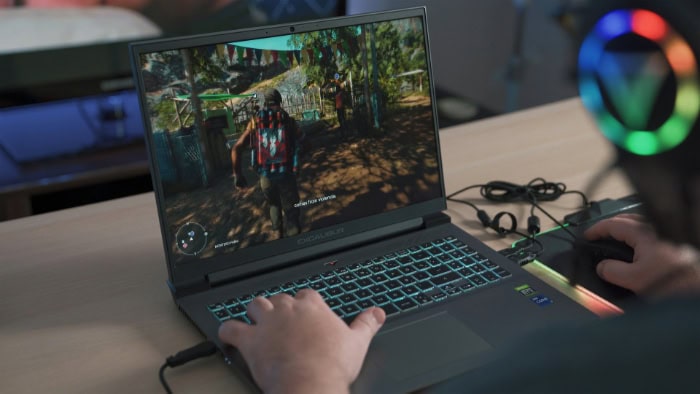
Modern computing workflows rarely rely on just one type of processor for optimal results. Instead, the most efficient systems leverage the individual strengths of both CPUs and GPUs, letting each processor focus on the work it does best.
Complementary Roles
CPUs excel in orchestrating tasks, managing system input and output, and coordinating operations between different hardware components. Their flexibility allows them to make decisions on the fly and handle a diverse range of instructions, which is essential for keeping the entire system running smoothly.
In a complex workload, the CPU oversees the big picture, strategically delegating intensive computations to the GPU when parallel processing can deliver greater speed.
GPUs, in turn, step in to accelerate the most demanding computational chores. In gaming, GPUs drive the visual experience by rendering graphics and handling physics calculations.
In scientific research, GPUs crunch through enormous datasets, completing operations that a CPU alone would require hours or days to finish. Relying on each component’s strengths ensures that both routine system management and high-throughput computing receive the attention they require.
Hybrid Systems
Combining CPUs and GPUs in a single workstation or server setup amplifies computing capability. Professionals working with 3D modeling, animation, or large-scale data analysis often rely on high-end CPUs paired with multiple GPUs to distribute complex workloads efficiently.
The CPU controls the pipeline while the GPUs focus on rendering or large-scale mathematical operations, delivering exceptional results in less time.
Cloud platforms have further advanced the integration of CPUs and GPUs, offering flexible infrastructure options for a wide variety of users. Services from providers like AWS and Microsoft Azure allow businesses to select virtual machines with dedicated CPU and GPU resources, scaling their setup as project needs evolve.
This flexibility means that even small organizations can access the power of hybrid processing without heavy investment in physical hardware, letting them tackle everything from intensive AI training to high-definition content creation.
Conclusion
CPUs and GPUs each bring unique strengths to modern computing, shaped by their core architectures and the types of tasks they handle best. CPUs shine in environments that demand versatility, precise control, and rapid responsiveness, making them indispensable for operating systems, multitasking, and real-time processing.
GPUs unleash exceptional power wherever parallelism and bulk data processing are required, dramatically accelerating fields like AI, video rendering, and complex scientific computation.
No single component stands out as universally superior. The real advantage comes from matching the tool to the task.
Evaluating the demands of your workflow-performance needs, cost considerations, and energy efficiency-ensures the right processor takes the lead where it matters most. Combined or separate, CPUs and GPUs work together to fuel creativity, solve challenges, and push technological boundaries, all driven by the specific context of each application.


